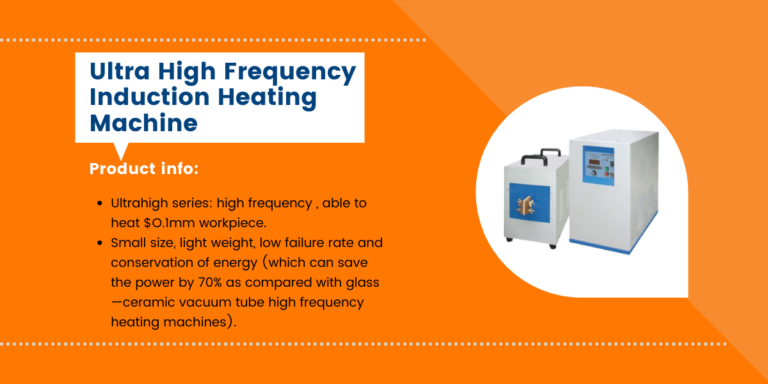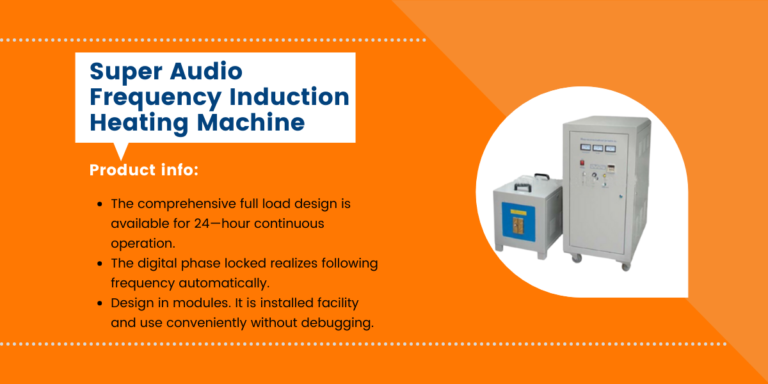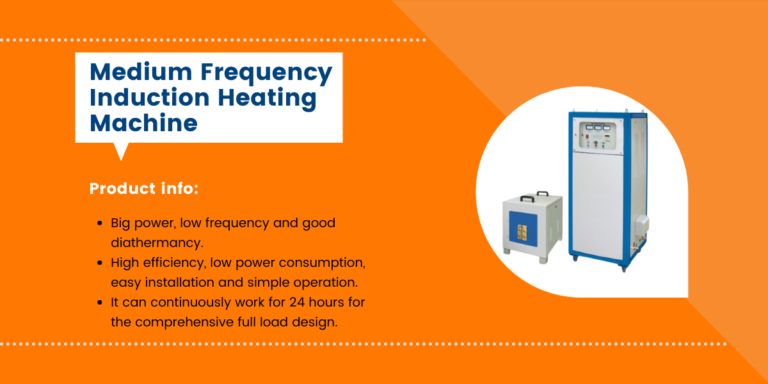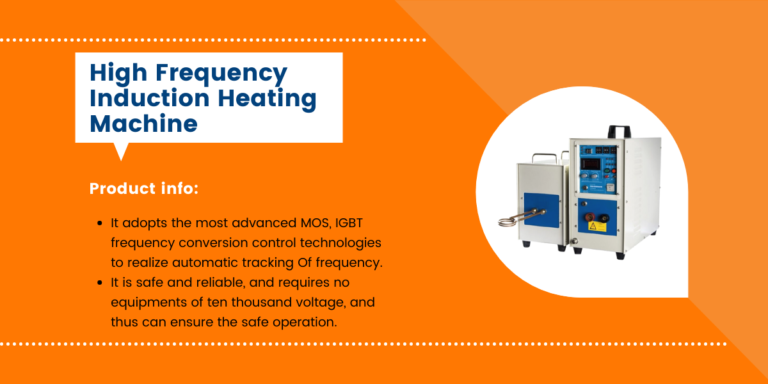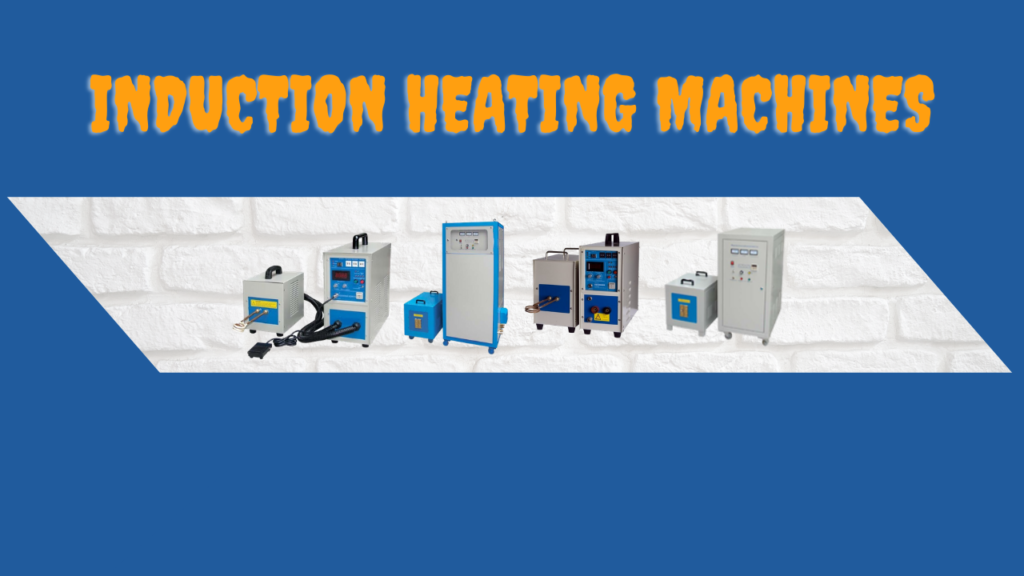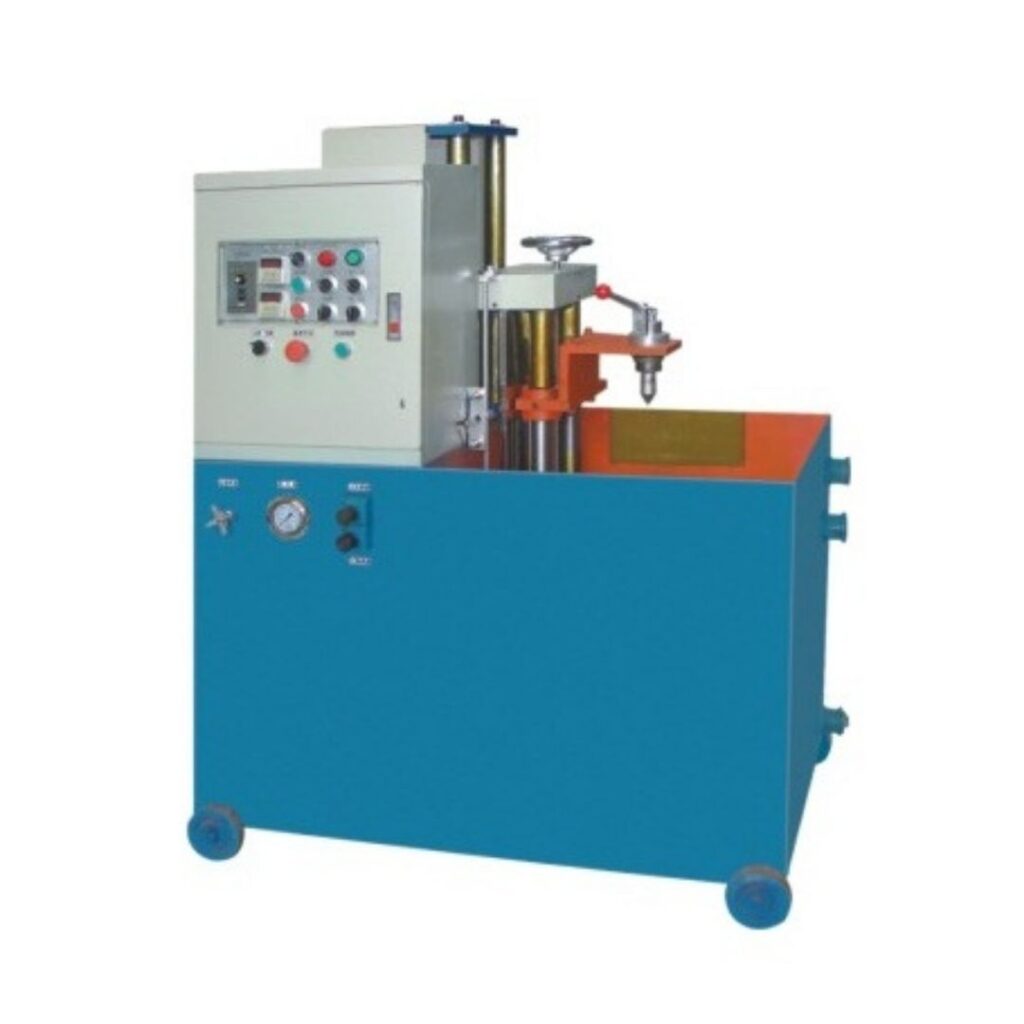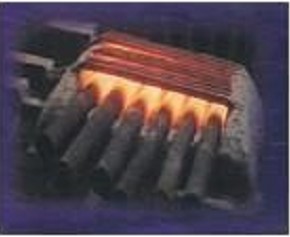INDUCTION HEATING MACHINE
In modern manufacturing, precision, speed, and energy efficiency are the key drivers of success. Industries such as automotive, aerospace, and heavy machinery require advanced technologies to ensure high-quality production. One such innovation that has significantly transformed the metalworking sector is the Induction Heating Machine for Forging. This advanced heating method provides numerous advantages over traditional forging methods, making it a popular choice for forging metals with superior quality and accuracy.
What is Induction Heating For Forging
Induction heating is a process that uses electromagnetic fields to heat materials, especially metals, quickly and uniformly. It works by generating an alternating current through a coil, creating a rapidly changing magnetic field. When a conductive material, like metal, is placed within this field, eddy currents are induced, which causes the metal to heat up due to its electrical resistance. This process offers precise control over the heating of the material and allows for localized heating, making it ideal for forging applications.
In forging, induction heating is primarily used to preheat metals to the desired temperature before they are shaped and formed into specific parts. The heat treatment process can be applied to a variety of metals, including steel, aluminium, titanium, and copper alloys, among others. These metals are often used in high-stress environments, where their performance depends on their ability to withstand extreme conditions.
In forging, induction heating is primarily used to preheat metals to the desired temperature before they are shaped and formed into specific parts. The heat treatment process can be applied to a variety of metals, including steel, aluminium, titanium, and copper alloys, among others. These metals are often used in high-stress environments, where their performance depends on their ability to withstand extreme conditions.
How does Induction Heating Machine work ?
The working principle of an induction heating machine is relatively simple yet highly effective. It involves three primary components: a power supply, a work coil, and a work piece
1. Power Supply:
The power supply generates alternating current (AC) that is passed through a coil.
The power supply generates alternating current (AC) that is passed through a coil.
2. Working Coil:
The coil, typically made of copper, is wound into a specific shape depending on the geometry of the part to be heated. When AC passes through the coil, it creates a rapidly changing magnetic field.
The coil, typically made of copper, is wound into a specific shape depending on the geometry of the part to be heated. When AC passes through the coil, it creates a rapidly changing magnetic field.
3. Working Piece:
The work piece, typically made of metal, is placed inside or near the coil. The magnetic field generated by the coil induces eddy currents within the work piece. These eddy currents create heat within the metal, raising its temperature.
The work piece, typically made of metal, is placed inside or near the coil. The magnetic field generated by the coil induces eddy currents within the work piece. These eddy currents create heat within the metal, raising its temperature.
Note: The heating process is fast, efficient, and highly controllable. Unlike traditional methods such as gas or flame heating, induction heating does not rely on direct contact or combustion, eliminating issues like heat loss and uneven heating.
Benefits of Using Induction Heating in Forging
1. Energy Efficiency:
One of the most significant advantages of induction heating is its energy efficiency. The process directly heats the work piece, minimizing energy loss. Traditional heating methods, such as gas or furnace heating, often lead to heat dissipation, making the process less efficient. In contrast, induction heating uses electromagnetic energy to generate heat only in the metal, reducing the overall energy consumption.
One of the most significant advantages of induction heating is its energy efficiency. The process directly heats the work piece, minimizing energy loss. Traditional heating methods, such as gas or furnace heating, often lead to heat dissipation, making the process less efficient. In contrast, induction heating uses electromagnetic energy to generate heat only in the metal, reducing the overall energy consumption.
2. Precise temperature Control:
Induction heating machines offer precise temperature control, which is crucial in forging applications. Metals need to be heated to specific temperatures to achieve the desired hardness, strength, and formability. With induction heating, manufacturers can easily control the temperature of the work piece, ensuring uniform heating and preventing overheating or under heating. This level of control results in higher-quality forged products with minimal risk of defects.
Induction heating machines offer precise temperature control, which is crucial in forging applications. Metals need to be heated to specific temperatures to achieve the desired hardness, strength, and formability. With induction heating, manufacturers can easily control the temperature of the work piece, ensuring uniform heating and preventing overheating or under heating. This level of control results in higher-quality forged products with minimal risk of defects.
3. Faster Heating:
The induction heating process is faster than traditional methods. Since the heat is generated directly within the metal, there is no need for preheating of the surrounding environment, as is the case with flame or furnace heating. As a result, the work piece reaches the desired temperature in a shorter amount of time, increasing production efficiency and throughput.
The induction heating process is faster than traditional methods. Since the heat is generated directly within the metal, there is no need for preheating of the surrounding environment, as is the case with flame or furnace heating. As a result, the work piece reaches the desired temperature in a shorter amount of time, increasing production efficiency and throughput.
4. Reduced Environmental Impact:
Induction heating is a cleaner alternative to traditional heating methods. There are no emissions or combustion by-products, making it an environmentally friendly option. The reduction in energy consumption also contributes to a smaller carbon footprint, aligning with the growing demand for sustainable manufacturing processes.
Induction heating is a cleaner alternative to traditional heating methods. There are no emissions or combustion by-products, making it an environmentally friendly option. The reduction in energy consumption also contributes to a smaller carbon footprint, aligning with the growing demand for sustainable manufacturing processes.
Consistent Heating:
The uniformity of heat distribution in induction heating ensures that the work piece is heated evenly, which is crucial for the consistency and quality of forged parts. Traditional methods often result in uneven heating, leading to warping, cracking, or other quality issues. Induction heating minimizes these risks, making it suitable for high-precision forging tasks..
The uniformity of heat distribution in induction heating ensures that the work piece is heated evenly, which is crucial for the consistency and quality of forged parts. Traditional methods often result in uneven heating, leading to warping, cracking, or other quality issues. Induction heating minimizes these risks, making it suitable for high-precision forging tasks..
6. Increase Productivity
Induction heating machines can significantly boost productivity in forging operations. The faster heating times, energy efficiency, and reduced risk of defects translate to increased throughput. Manufacturers can complete more cycles in a shorter time, enhancing their production capabilities and reducing operational costs.
Induction heating machines can significantly boost productivity in forging operations. The faster heating times, energy efficiency, and reduced risk of defects translate to increased throughput. Manufacturers can complete more cycles in a shorter time, enhancing their production capabilities and reducing operational costs.
Who Are We
Malhotra Technologies Established in 2007, Malhotra Technologies (INDUCTION MASTER) is a reputed company that manufactures and supplies a broad assortment of (INDUCTION HEATING MACHINE) induction-hardening machines,Induction Forging Machine, high-frequency induction heaters, medium-frequency power heaters, UHF induction heaters, annealing machine, sintering machine, electroplating rectifiers, heat-treatment machine, and brazing machine. They also supply products like 15 series induction heaters, 25 series induction heaters, 35 series induction heaters, 70 series induction heaters, medium frequency power heaters, melting machine frequency power heaters,s and forging furnace frequency power heaters. These items are developed using high-quality raw materials procured from retailers following international norms.Special Purpose KNOW MORE
BILLET HEATER
Lorem ipsum dolor sit amet, consectetur adipiscingBillet Heater are an indispensable tool in modern metalworking and manufacturing processes. They provide significant benefits in terms of efficiency, energy savings, product quality, and production speed. Whether you’re in the automotive, aerospace, steel, or heavy machinery industry, investing in a billet heater can improve the overall performance and profitability of your operations.
PWHT MACHINE
A PWHT (Post Weld Heat Treatment) machine is a specialized system designed to apply controlled heat to welded components, reducing residual stresses and improving material properties. Commonly used in industries such as oil and gas, construction, and power generation. Commonly purpose by Induction Heating Machine
INDUCTION HEATING MACHINE FOR FORGING
Induction heating is a process that uses electromagnetic fields to heat materials, especially metals, quickly and uniformly. It works by generating an alternating current through a coil, creating a rapidly changing magnetic field. When a conductive material, like metal, is placed within this field, eddy currents are induced, which causes the metal to heat up due to its electrical resistance. This process offers precise control over the heating of the material and allows for localized heating, making it ideal for forging applications.
